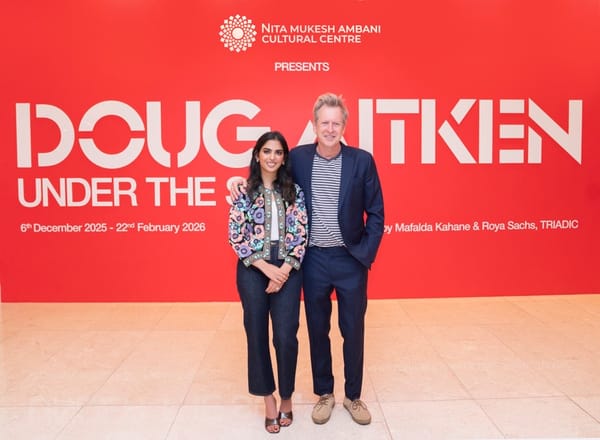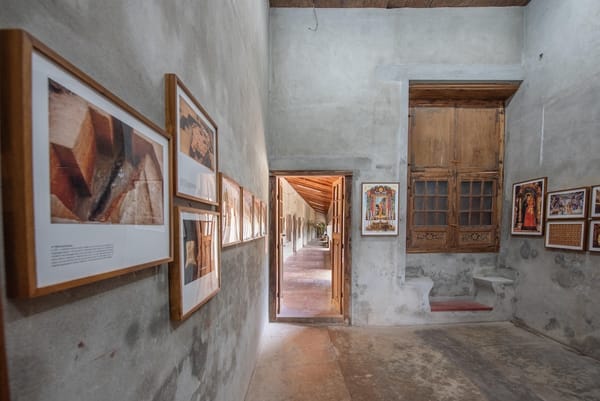Light into Space: Dia Art Foundation Brings Pioneering Light Art to Mumbai’s NMACC
Dia Art Foundation’s 'Light into Space' at NMACC presents groundbreaking works from the 1960s and 1970s, redefining light and space as artistic mediums. Curated by Jessica Morgan and Min Sun Jeon, the exhibition invites immersive engagement and fresh interpretations.
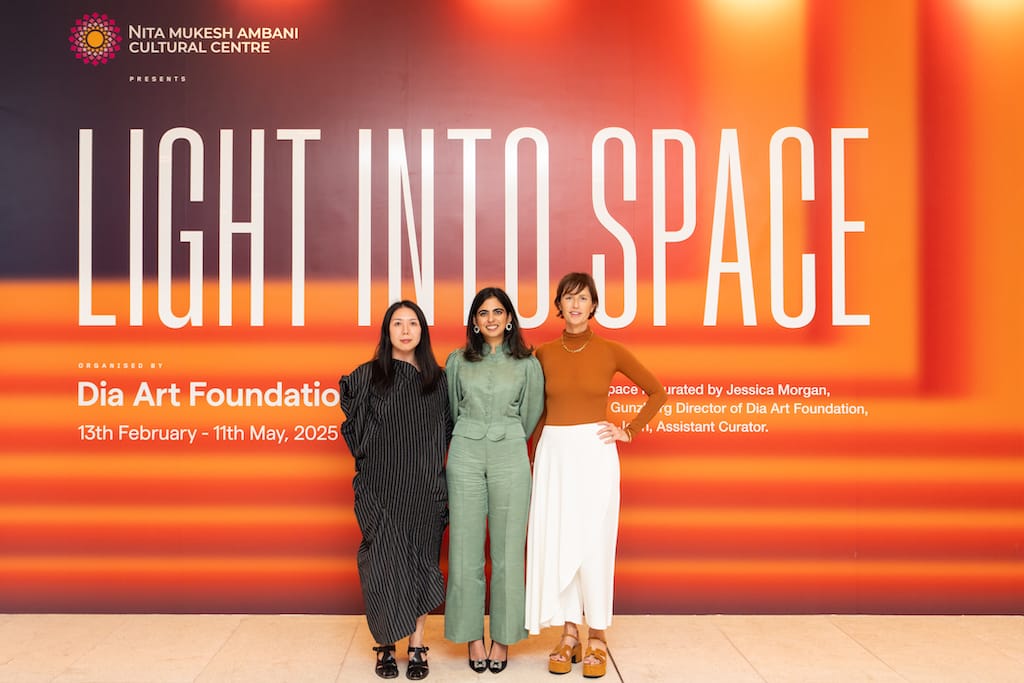
Mumbai’s art scene has witnessed a remarkable convergence of historical and contemporary perspectives with Light into Space, a major exhibition at the Art House, Nita Mukesh Ambani Cultural Centre (NMACC). Curated by Jessica Morgan and Min Sun Jeon of the Dia Art Foundation, the show brings together pioneering works from the 1960s and 1970s by artists who redefined the possibilities of light and space as artistic mediums.

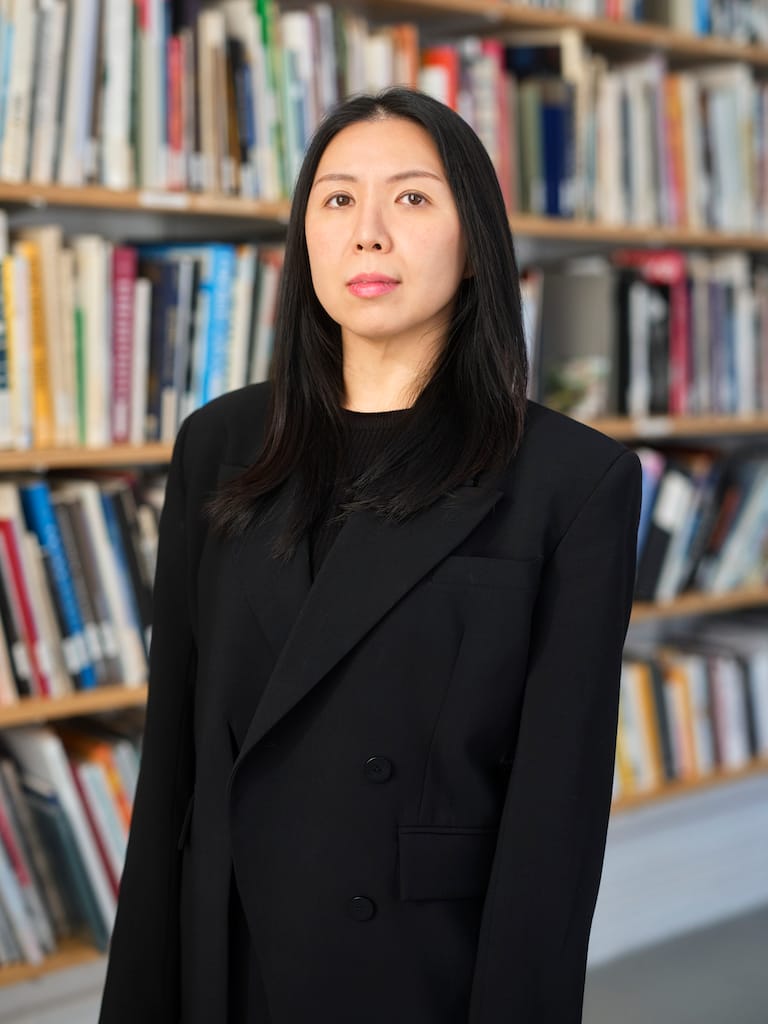
(Left) Jessica Morgan, Nathalie de Gunzburg Director, Dia Art Foundation. Photo by Gabriela Herman. (Right) Min Sun Jeon, Assistant Curator, Dia Art Foundation. Photo by Don Stahl.
“This exhibition brings together artists who have explored light and space as primary mediums, pioneering this approach in the 1960s and 1970s across the US and Europe. Central to Dia’s collection, their work continues to be as relevant and impactful today, pushing the boundaries of perception and immersive experience just as it did decades ago,” the curators explain.
At the core of Light into Space is a selection of works that challenge the traditional boundaries of sculpture, installation, and spatial perception. Dia has long supported artists who question the materiality of art, and this ethos is reflected in the selection of pieces on display. “Since its founding in 1974, Dia has had a long history of commissioning and supporting the realization of artistic projects. Dia’s stewardship extends beyond physical objects to concept-based works, emphasizing preservation and ongoing public access,” say Morgan and Jeon.
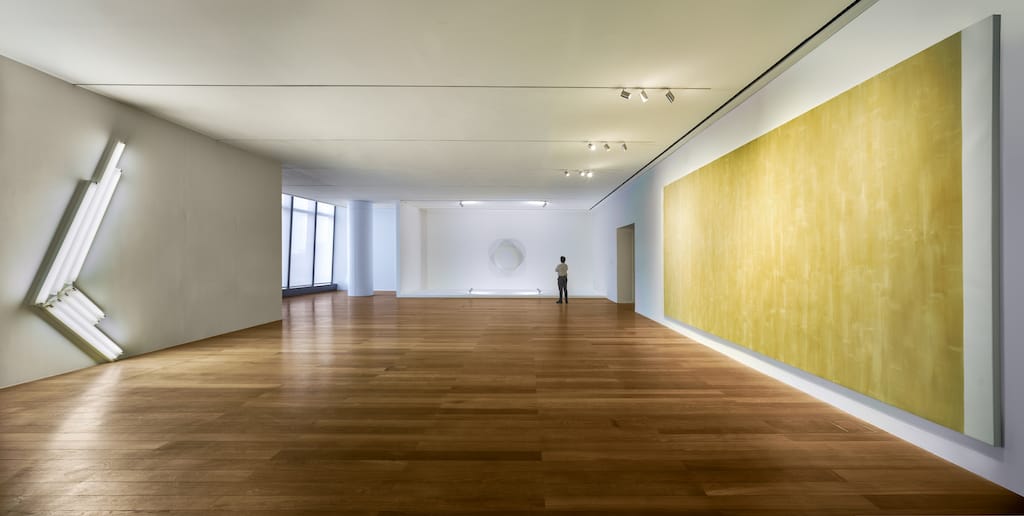
Among the most striking aspects of the exhibition is the way the Art House at NMACC itself plays an active role in the viewer’s experience. Many of these works directly engage with architecture, either by incorporating it into the artwork or by creating their own spatial interventions. “For us, keeping the work’s original intention was foremost important. In order to achieve this, and in close collaboration with the artists' estates and foundations, we were able to reenact the environmental installations as they were originally realized by the artists. It was also a nice surprise to see the way in which Walter De Maria’s work on the third floor creates a strong presence with its reflection on the high ceiling,” the curators note.
Light, Perception, and Cultural Resonance
Beyond its historical significance, the exhibition establishes a fascinating dialogue with the cultural context of Mumbai. The city’s relationship with light—manifested in its neon-drenched commercial hubs, illuminated heritage sites, and the festival of Diwali—offers a compelling backdrop. “We believe the works in this exhibition deeply resonate with both historical and contemporary environments in India, where light has long held cultural significance. Diwali, with its symbolic and spiritual meaning, served as a key reference point in this exploration,” Morgan and Jeon explain. They draw a parallel between the works on display and Mumbai’s evolving urban landscape: “The overwhelming presence of neon advertising in an increasingly commercialized cityscape, along with light projections on historic landmarks such as CST, the Gateway of India, and the Rajabai Clock Tower, reflects the ever-changing nature of the environment, transforming perception through light.”

At a conceptual level, the exhibition also ties into India’s deep-rooted traditions of sensory and immersive engagement in art. The notion that art is activated by the viewer’s presence—central to many of the works exhibited—is in conversation with various Indian artistic traditions where participation and perception shape meaning. “The artists emphasized active viewing, using a simplified visual vocabulary to remove evocative implications and narratives, thereby encouraging direct, embodied engagement. The works in this exhibition are activated by the viewer’s presence, fostering a subjective and dynamic experience,” the curators note.
A Legacy of Artistic Experimentation
Dia’s role in championing large-scale, ambitious works is evident in this exhibition. Many of the artists featured—such as Dan Flavin, Nancy Holt, and Walter De Maria—were radical in their time, redefining how light, space, and material interact. Their work still feels urgent today. “The artists featured in this exhibition challenged conventional notions of art in their time, whether by exploring the illusionistic qualities of materials or using light and space as primary concepts. Their work invites viewers to engage with immersive, environmental, and experiential elements, expanding the boundaries of perception,” explain the curators.
This legacy extends to contemporary artists who continue to experiment with these themes. “Dia has always advocated for and supported artists who challenge the confines of traditional notions of what art can be and who engage with questions that will always be relevant, such as perception, time, and architecture,” they add.
For Indian audiences, encountering these works for the first time brings the opportunity for new interpretations. The exhibition's interpretive materials—including Dia-produced films, historical timelines, and text-based contextual information—aim to bridge historical context with fresh engagement. “The works in this show are contingent on perception and experience, enabling them to perform anew all the time. We just aimed to ensure that this intention was effectively communicated to the audience,” the curators state.
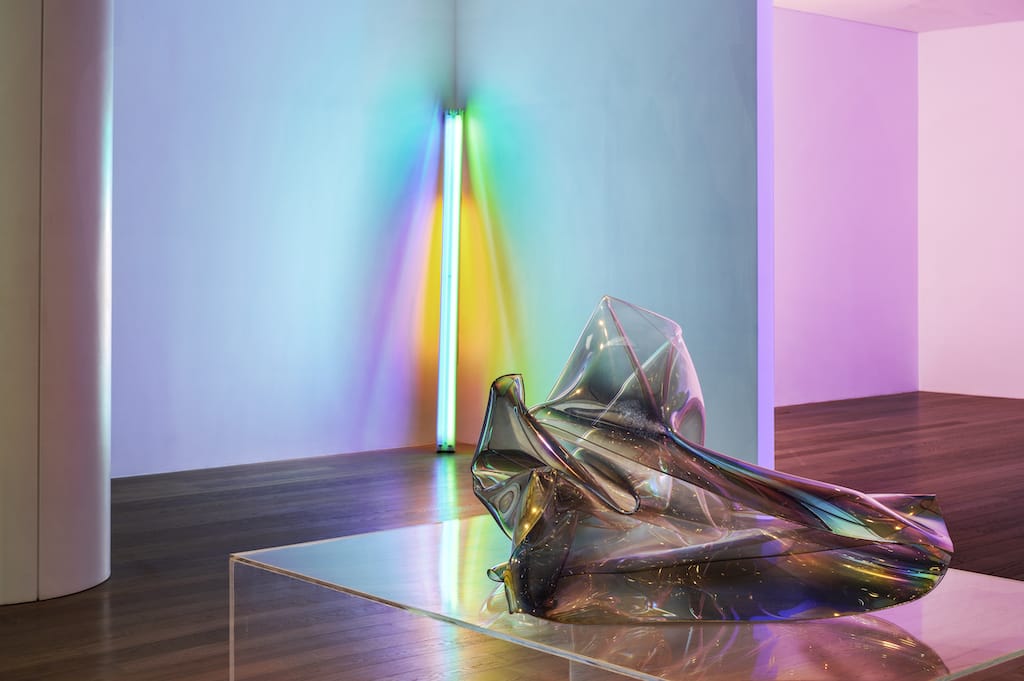
With Light into Space, Mumbai’s audiences are invited to step into an environment where light becomes both medium and message, where space is not merely inhabited but transformed. This exhibition not only celebrates the pioneering vision of artists from the past but also opens up new ways of seeing—making the ephemeral, the intangible, and the immersive a tangible, lived experience.
'Light into Space' is on view at the Art House, NMACC, Mumbai, until 11th May 2025. Tickets start at INR 199. Free entry for seniors, young children, and fine arts, design, and architecture students.



